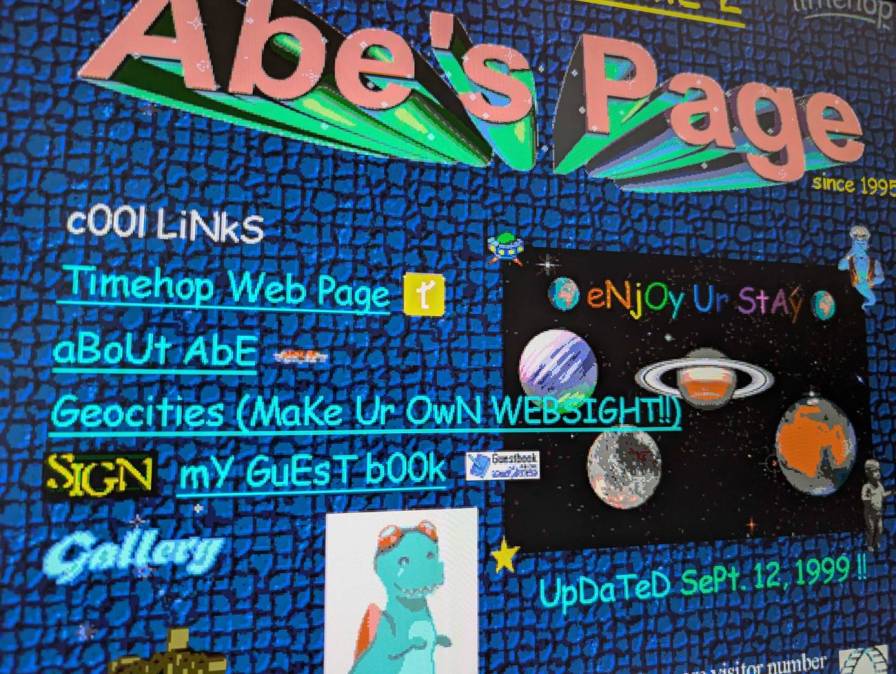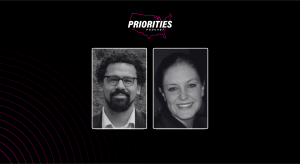Eyeing accessibility deadline, states root out ancient web issues

The charms of the 1990s-era internet, with its animated gifs, labyrinthine navigation and blinding color schemes, have mostly been traded in for standards-based templates and a more centralized and trustworthy group of online services. But lamentable design holdovers from a less regulated and much smaller web have led governments to finally finish cleaning up their sites, particularly as they look ahead to next year’s federal accessibility deadline.
Arizona Chief Information Officer J.R. Sloan said his state last week celebrated the conclusion of a six-month initiative to identify the most egregious accessibility snarls on the state’s main websites, but also to educate the state government’s content creators on web standards so that repeated clean-up efforts won’t be necessary.
We “really [wanted] to make it something sustainable,” Sloan said. “We included a lot of training, as well as explaining the toolsets to the people involved and teaching everybody how to fish as we’re putting new content on the sites, making sure it’s done in an accessible way.”
Sloan laughed at the scope of the problem unearthed by the initiative: 400,000 fixes spotted by software that scanned for flaws in formatting and design that could make it difficult for users with any number of disabilities to find information or access services.
Arizona’s project was chiefly driven by an April 2026 deadline advanced by the Department of Justice, but Sloan said it was also viewed as a chance to roll out a consistent new “look and feel” across the state’s sites. Agencies are given some leeway to express their identities, by selecting from pre-approved themes and color schemes. But the unbridled individuality of an internet that gave the world sites like the original MapQuest and The Hamster Dance is mostly a relic on the modern internet.
A series of 15-minute tutorials, created by Sloan’s agency, chronicled on YouTube, covers common accessibility issues as exciting as not using paragraph HTML elements in place of header elements and ensuring that sound files are accompanied by transcripts. “We limit our use of formatting on text to only when it’s simply only there for visual appeal and isn’t actually intended to communicate any type of meaning,” a presenter explains in one video.
Most technologists appreciate standards, and some even love them, but numerous officials have told this publication that they did not relish taking on the project of fixing their websites. Correcting HTML formatting and double-checking metadata is a slog, and much of the work, though “not rocket science,” Sloan said, can’t be automated. In Arizona, he said, the “long pole” of the project has been fixing PDFs, the mostly static text documents that are difficult to reliably convert to more accessible formats. (Arizona isn’t done fixing all its web accessibility issues, but Sloan said the state is on schedule to meet the April deadline.)
A project led by the civic tech nonprofit Code for America this year provided the Georgia state government and Salt Lake City with tools for scanning their websites for accessibility issues. But, as in Arizona, that software serves more as an organizational tool than an AI-propelled silver bullet — people are still needed to implement any recommended changes.
Arizona was one of numerous states that drew on a group convened by the National Association of State CIOs, co-chaired by officials in Texas and Minnesota, to share best practices and ensure that states don’t make any mistakes during their cleanups that could require a retracing of steps. Meredith Ward, NASCIO’s deputy executive director, said one topic covered by the group was ensuring that accessibility is included in states’ procurement processes — buying software that generates new, inaccessible content could set a state back.
In an email, Ward wrote that accessibility is a “very important” issue for state CIOs and increasingly so since it climbed onto the group’s annual priorities list for the first time last year. She also pointed to statistics showing that a growing share of people — between 20% and 38%, depending on the source — have at least one disability, from poor eyesight to cognitive disabilities.
Despite interest by state technology officials to ensure their services are uniformly accessible, they don’t always have the resources. Ward shared data from NASCIO’s upcoming annual survey showing that while 70% of state CIOs reported that improving accessibility is one of their directives, only 46% have funding to support accessibility work.
Beyond excluding users, failing to meet accessibility standards could also prove costly for states. In a separate report NASCIO published last month, the group warned that lawsuits filed under the Americans with Disabilities Act are on the rise. It counted 2,250 lawsuits in 2019, rising to 4,000 last year, with penalties to offenders rising as high as $350,000, not counting remediation costs.
NASCIO plans to continue supporting states ahead of the deadline, Ward said, including by releasing a checklist for vendors next week at its annual conference in Denver, hosting webinars and “working sessions” for its members in the fall and early next year, and publishing a report on accessibility and procurement before the end of the year, hopefully in an accessible format.






